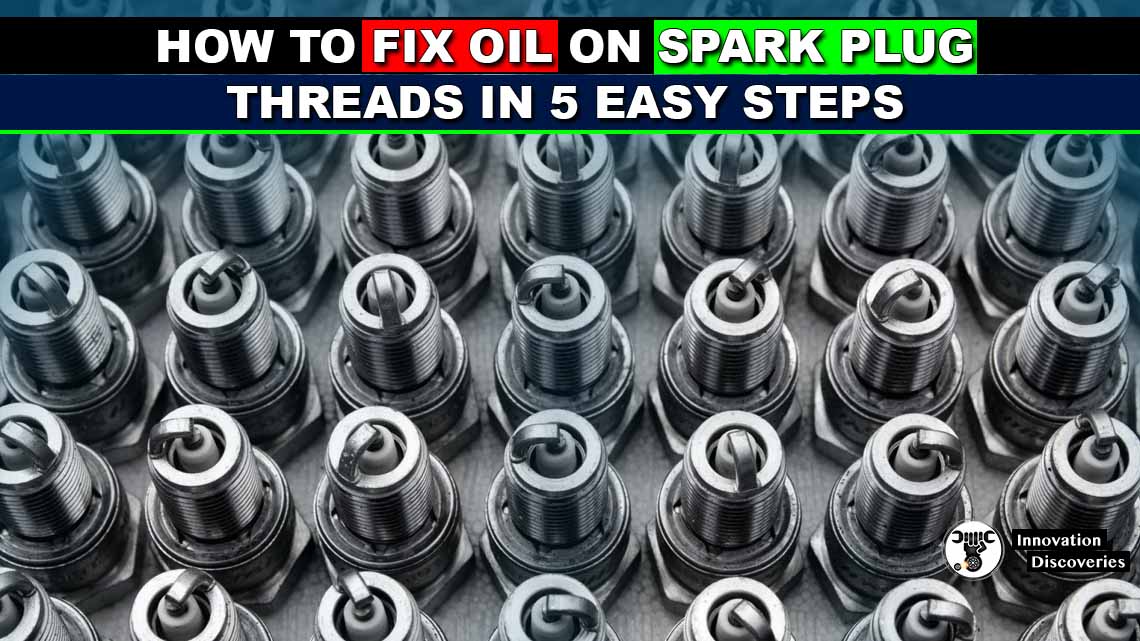
Introduction
Oil on spark plug threads is a common issue that can affect your vehicle’s performance. Addressing this problem promptly is crucial to maintaining the efficiency and longevity of your engine. In this guide, we’ll walk you through five easy steps to fix oil on spark plug threads.
Step 1: Gather Your Tools and Materials
Before you start, make sure you have the following tools and materials:
- Socket wrench set
- Spark plug socket
- Torque wrench
- Spark plug gap tool
- New spark plugs (if needed)
- Valve cover gasket (if needed)
- Engine degreaser
- Clean rags or paper towels
- Gloves and safety glasses
Step 2: Prepare Your Vehicle
- Safety First: Ensure your vehicle is parked on a flat surface and the engine is cool.
- Disconnect the Battery: To prevent any electrical accidents, disconnect the negative terminal of the battery.
- Remove the Engine Cover: If your vehicle has an engine cover, remove it to access the spark plugs.
Step 3: Remove the Spark Plugs
- Locate the Spark Plugs: Identify the location of the spark plugs in your engine.
- Remove Ignition Coils or Wires: Depending on your vehicle, you may need to remove the ignition coils or spark plug wires. Label them to ensure correct reinstallation.
- Use the Spark Plug Socket: Attach the spark plug socket to the socket wrench and carefully remove the spark plugs.
Step 4: Clean the Spark Plug Threads and Engine
- Inspect the Spark Plugs: Check the removed spark plugs for oil and other deposits. If they are heavily contaminated or worn out, consider replacing them.
- Clean the Spark Plug Threads: Use an engine degreaser and a clean rag to remove oil and grime from the spark plug threads.
- Inspect the Valve Cover Gasket: Oil on the spark plug threads often indicates a leaking valve cover gasket. Inspect the gasket for signs of wear and replace it if necessary.
- Clean the Spark Plug Wells: Use a clean rag to wipe any oil or debris from the spark plug wells.
Step 5: Reinstall or Replace the Spark Plugs
- Check the Spark Plug Gap: Use a spark plug gap tool to ensure the spark plug gap is set to your vehicle manufacturer’s specifications.
- Install New Spark Plugs: If you’re using new spark plugs, install them using a spark plug socket. Tighten them by hand first to avoid cross-threading.
- Torque the Spark Plugs: Use a torque wrench to tighten the spark plugs to the specified torque. Over-tightening can damage the threads, while under-tightening can cause poor performance.
- Reinstall Ignition Coils or Wires: Reattach the ignition coils or spark plug wires, ensuring they are correctly positioned.
- Reconnect the Battery: Reconnect the negative terminal of the battery.
Additional Tips
- Regular Maintenance: Regularly inspect and maintain your vehicle to prevent oil leaks and other issues.
- Use High-Quality Parts: Invest in high-quality spark plugs and gaskets to ensure long-lasting performance.
- Consult a Professional: If you’re unsure about any step, consult a professional mechanic to avoid potential damage to your vehicle.
By following these five easy steps, you can effectively address the issue of oil on spark plug threads, ensuring your engine runs smoothly and efficiently. Regular maintenance and prompt attention to such issues can save you time and money in the long run.
Discover More:
Visit Forum
Visit Our Friendly Website


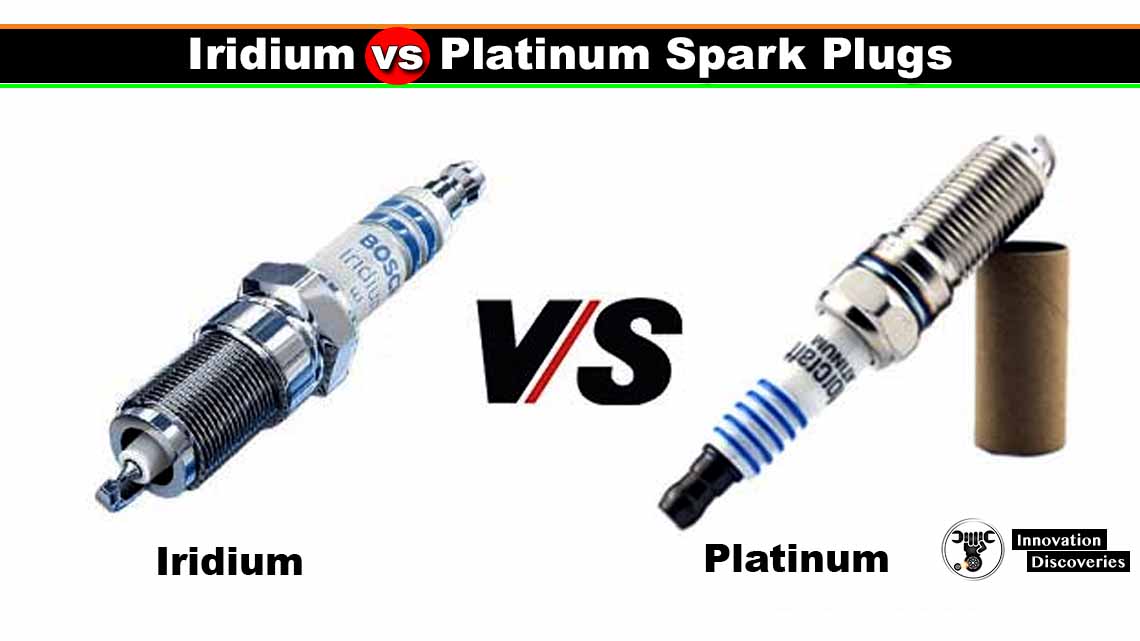
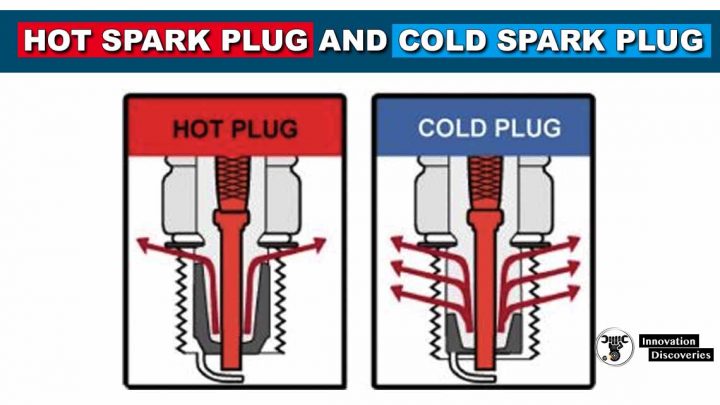
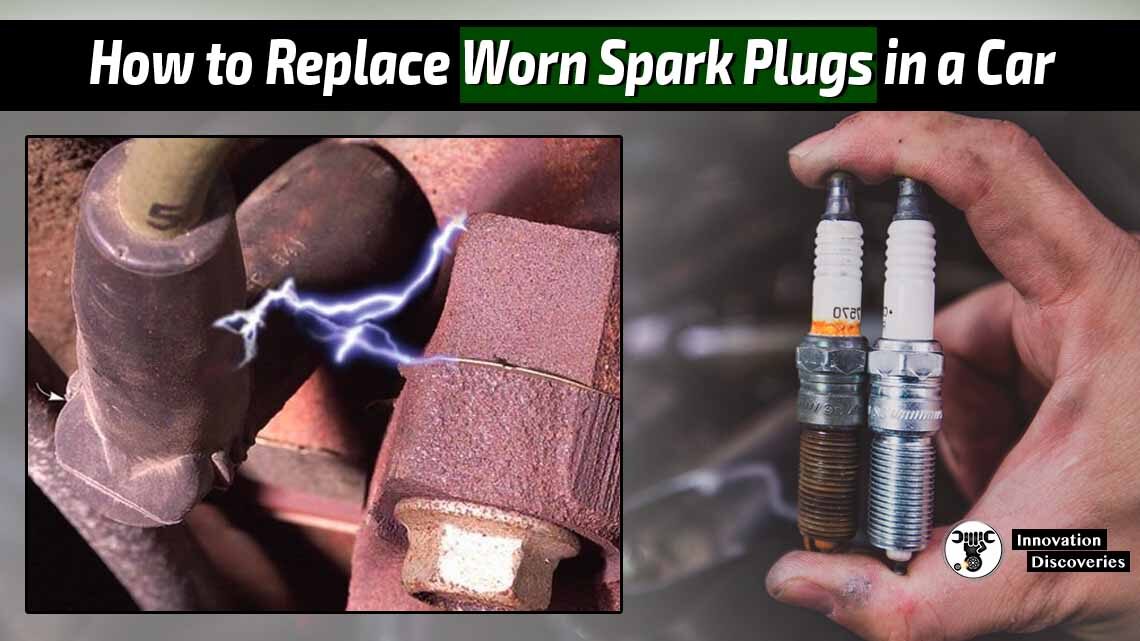
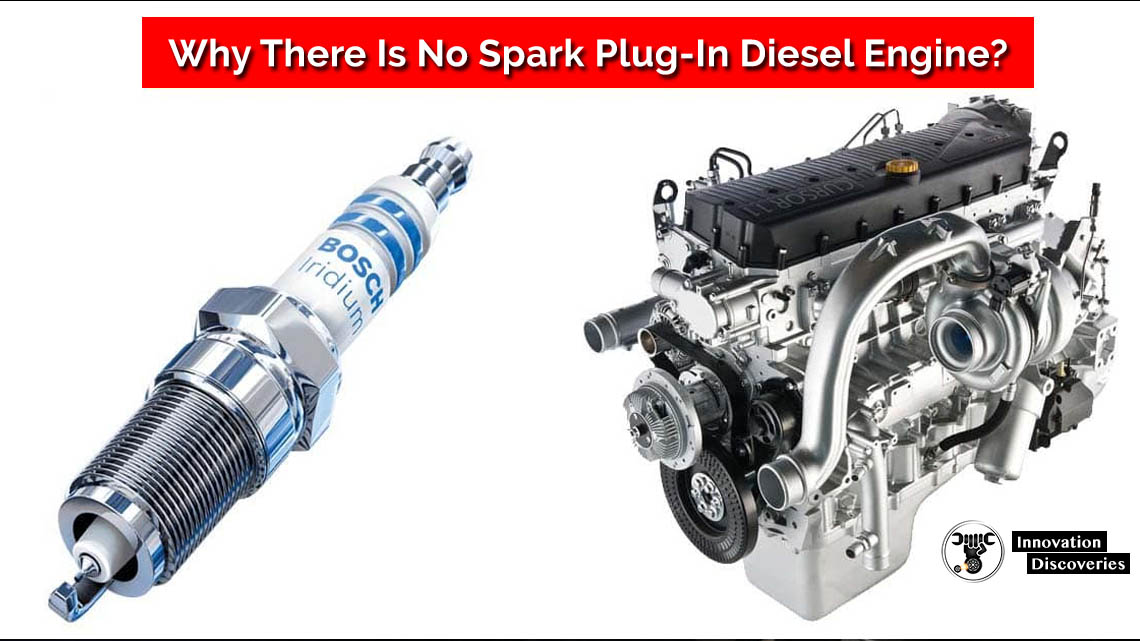
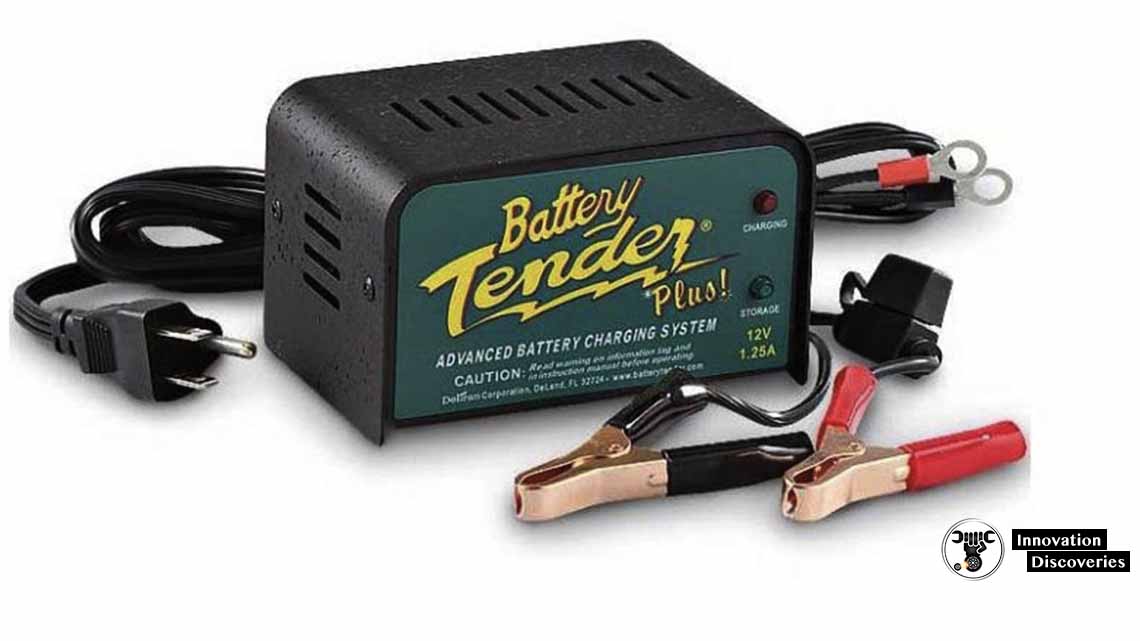
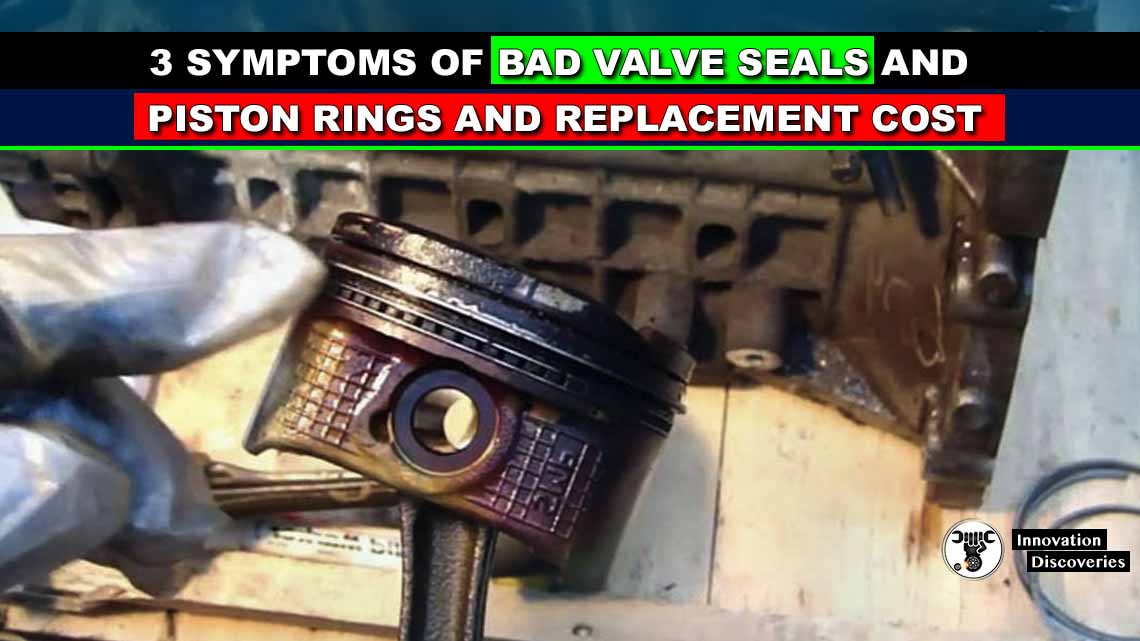

5 Comments